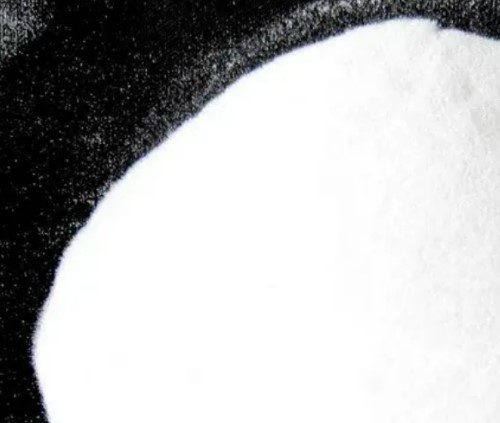Harnessing The Power: Tantalum Oxide Powder's Contribution To Advanced Electronics
Introduction
In the constantly evolving field of electronics, the pursuit of smaller, faster and more energy-efficient components continues. Tantalum oxide powder is often overlooked yet is a significant contributor in component production. This article examines the properties of tantalum oxide powder and its role in developing future electronic technology.

Figure 1. Tantalum Oxide Powder
Understanding Tantalum Oxide Powder
Tantalum oxide, denoted Ta₂O₅, is a compound of tantalum and oxygen atoms. This fine white powder presents several distinct properties:
lHigh dielectric constant: Ta₂O₅ has a high dielectric constant and is employed in capacitor manufacturing. Capacitors produced with this powder store increased charge in a compact area.
lStability: Ta₂O₅ exhibits high chemical and thermal stability. Consequently, electronic components may operate reliably under elevated stress conditions.
lLow leakage current: Capacitors produced with Ta₂O₅ display low leakage currents. They efficiently retain stored charge, thereby reducing energy loss.
lMiniaturisation: The properties of Ta₂O₅ allow the manufacture of smaller and more efficient electronic components, which is essential for developing compact, high-performance devices.
Applications in Modern Electronics
Tantalum oxide powder influences modern electronics in several ways:
lCapacitors: Ta₂O₅ capacitors are fundamental in electronic devices, including smartphones, laptops and medical equipment. They offer high capacitance in minimal space.
lSemiconductors: Ta₂O₅ is utilised as an insulating layer and gate dielectric in the manufacture of modern transistors.
lMemory devices: Tantalum oxide is applied in non-volatile memory devices to create solutions with low power consumption.
Challenges and Future
The use of tantalum oxide powder faces supply challenges due to the limited availability of tantalum. Ongoing research aims to develop sustainable production methods to ensure a stable supply.
Conclusion
In summary, tantalum oxide powder is an understudied contributor in advanced electronics. Its distinct properties enable the production of smaller, energy-efficient and higher-performing electronic devices. As the electronics sector progresses, tantalum oxide powder will remain a central component in further technological developments.
Tantalum oxide powder is available from Stanford Advanced Materials (SAM). A range of tantalum compounds such as tantalum carbide powder, tantalum silicide powder, capacitor-grade tantalum powder and metallurgical-grade tantalum powder are offered. Please send us an enquiry if you are interested.

 Bars
Bars
 Beads & Spheres
Beads & Spheres
 Bolts & Nuts
Bolts & Nuts
 Crucibles
Crucibles
 Discs
Discs
 Fibers & Fabrics
Fibers & Fabrics
 Films
Films
 Flake
Flake
 Foams
Foams
 Foil
Foil
 Granules
Granules
 Honeycombs
Honeycombs
 Ink
Ink
 Laminate
Laminate
 Lumps
Lumps
 Meshes
Meshes
 Metallised Film
Metallised Film
 Plate
Plate
 Powders
Powders
 Rod
Rod
 Sheets
Sheets
 Single Crystals
Single Crystals
 Sputtering Target
Sputtering Target
 Tubes
Tubes
 Washer
Washer
 Wires
Wires
 Converters & Calculators
Converters & Calculators
 Chin Trento
Chin Trento



